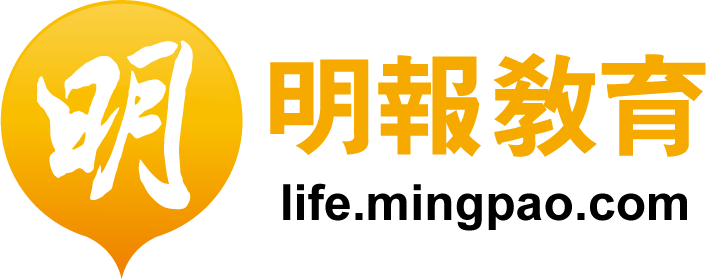This week I want to talk about words for cows. These are words many HK people get wrong. A Hong Kong yan was describing the Calgary Stampede, a cattle farmer's festival in Canada. He told people about the "boy cows". There is no such thing as a boy cow. Cows are female. Bulls are male. Calves are the babies. (The singular of calves is calf.) The person talking about the festival should have used the word bulls.
For English farmers throughout history, farm animals were very important. So farmers had very specific words for different types of farm animals, including references to the animals' sex and age. The English words, calf, cow, bull, bullock, dairy, heifer, kine, milch, ox and steer are all from Old English.
Another common cow-word issue is the plural. A teacher used this sentence as an example:
We have one cow, he has two cows.
This sentence used to be wrong. However today cows is accepted as a correct plural for cow. It used to be that the words kine or cattle were the only acceptable plurals of cow, bull etc... Sometimes students make a mistake and use the word kine instead of the word kind. A spell checker will not catch this type of error.
I like Mr. Chan because he is kine.
Mr. Chan's answer was, "I do not eat grass and give milk."
Many Hong Kong people associate the word cow only with this one species (bovines). The words bull, cow and calf are very general terms. They are used to describe the sex and age of many other large plant eating animals, including moose, camels, elk, whales and elephants.
An ox is a special type of bull. One of the characteristics of bulls is that they are aggressive and difficult to manage. Some are needed to help the cows make calves, at least for a few minutes. After that the bulls are useless and troublesome. So most young bulls get their testicles cut out. Afterwards they are much gentler. In Western Canada and the USA these testicles are called prairie oysters and they are a local cattle farmer's delicacy. A few bulls are saved to do reproductive work, although these days most of that is done artificially. Young bulls are called oxen after they are cut. They used to be kept to do farm work pulling carts and ploughs (plows). Today, in industrialised countries, they are just raised for meat.
Oxen is the plural of ox and is from Old English. The word oxes does exist in English and was used by some people from about 1500-1700, but has not been used since. (It is not strictly wrong to use the word oxes, but it is centuries out of date and it was always a less common word than oxen.)
Beef steak is not usually "cow meat" as some teachers tell their students. Cows are much too valuable to be used for meat. Cows make calves and give milk. Oxen are much less valuable, so they get slaughtered for meat. Calf meat is also taken from the young males and is called veal. Most cattle living on a farm are cows, so if an animal is unidentified by sex or age the word cow is generally used. It may be sexist, but that is the life of cattle. (Although some cattle varieties are primarily used for beef.)
(When cows are too old to give milk they are too thin to make good meat. Instead they become hot dogs or pet food.)
Wild cattle, called aurochs, were hunted and later domesticated by early humans. Since then, they became very important farm animals, so many such animals have very specific words to describe them. Unless you are a farmer, you can't be expected to know all the words for all the different farm animals. I used cows as an example because the word is misused in Hong Kong more often than others. Know what a word means before you use it. Don't try to get milk from a bull moose. Avoid accidentally using the word kine for kind. Never tell me about the "boy cows".

by John Larrysson
A native English speaker who has been teaching practical English in Hong Kong for more than a decade.




